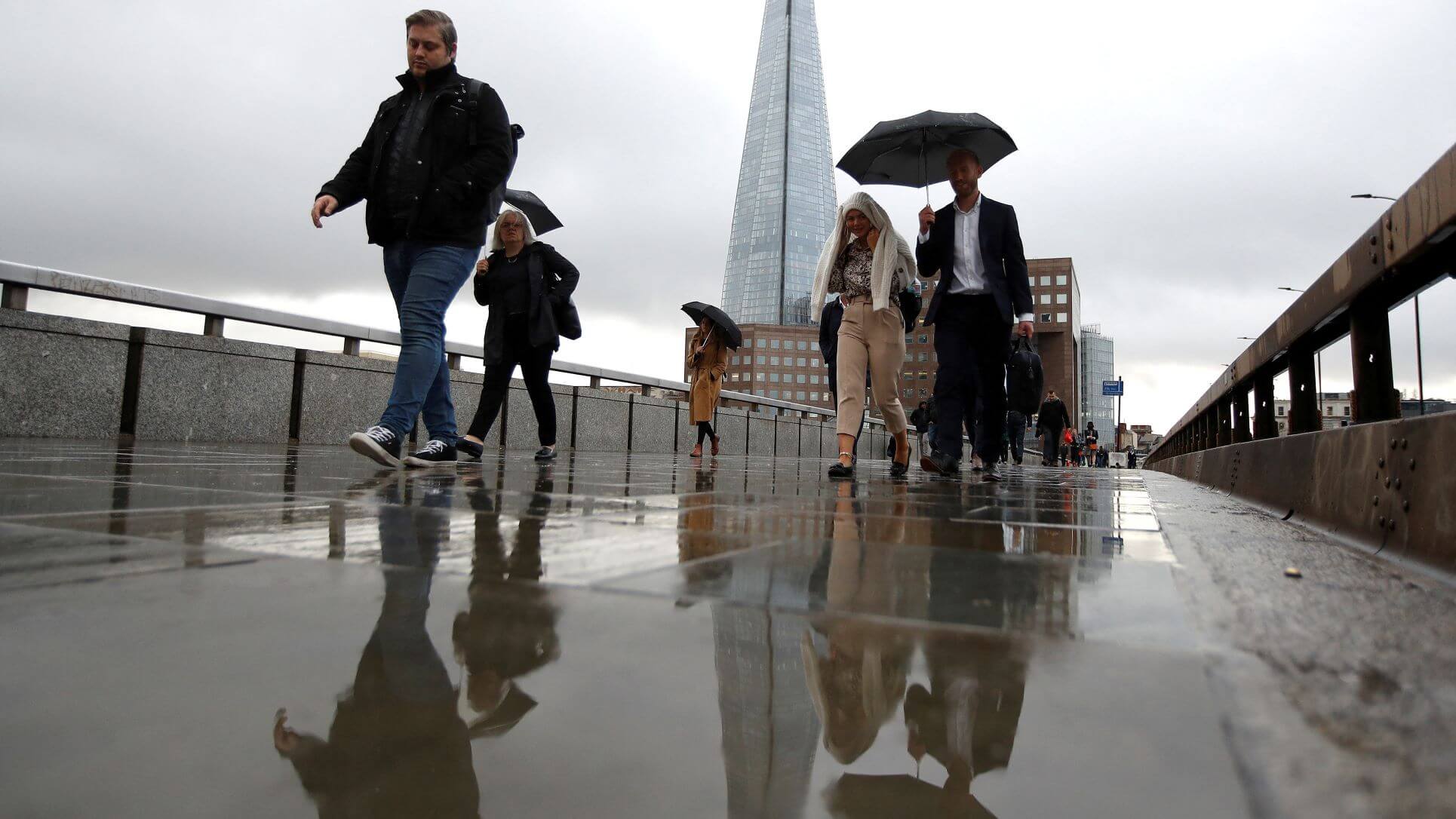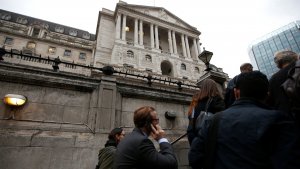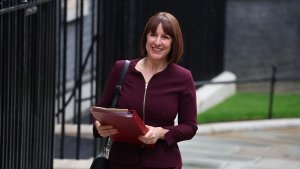UK Pay Growth Slows As Unemployment Falls: What It Means For The Economy
Average earnings growth, excluding bonuses, fell to 5.1%, marking a two-year low.

In a mixed signal for the UK economy, the latest figures from the Office for National Statistics (ONS) reveal that pay growth cooled in the three months to July, while the unemployment rate dropped to its lowest level in six months. The data, released on Tuesday, points to an ongoing shift in the labour market as economic uncertainty and inflationary pressures continue to shape the outlook.
Unemployment Declines, But Wages Lose Momentum
The unemployment rate edged down to 4.1% from 4.2% in the previous three months, aligning with economists' forecasts. While the fall is a welcome sign of resilience in the job market, it contrasts with slowing wage growth, suggesting that the UK’s economic recovery may be facing headwinds.
Average earnings growth, excluding bonuses, fell to 5.1%, marking a two-year low. When bonuses are factored in, the figure dropped further to 4%. This comes as inflation continues to ease, yet real wages for many workers remain under pressure.
Liz McKeown, director of economic statistics at the ONS, said, "Growth in total pay has slowed markedly again as one-off payments made to many public sector workers last year continue to affect the figures. Basic pay growth also continued to slow, though less sharply."
McKeown’s comments highlight the impact of public sector pay adjustments on overall wage figures, which have skewed comparisons in recent months. While the wage slowdown may signal some relief for the Bank of England, which has been grappling with inflation control, it also points to a labour market gradually loosening.
Vacancy Rates Continue to Slide
The number of job vacancies also fell by 42,000 between June and August, leaving the total at 857,000. This represents the 26th consecutive quarterly decline, a clear indicator of cooling demand from employers. Despite the dip, vacancies remain above pre-pandemic levels, suggesting that while the job market is tightening, it is still relatively buoyant compared to historical standards.
However, estimates show that payrolled employees decreased by 6,000 between June and July, though on a broader scale, employment figures remain up by 203,000 on an annual basis.
"On a comparable basis, our different measures all show growth in the number of employees over the latest quarter, though annual growth has slowed over the year," McKeown added, while also pointing out declines in both the self-employed workforce and those actively seeking jobs.
What Does This Mean for the Bank of England?
For the Bank of England, the slowdown in pay growth could provide some breathing space in its fight against inflation. But despite these signs of easing, experts caution against expecting any major shifts in monetary policy in the short term.
Ashley Webb, UK economist at Capital Economics, commented, "While the continued easing in wage growth will be pleasing to the Bank, we doubt today’s release will move the needle too much for September’s policy meeting. We still think the Bank will pause in September before implementing another 25bps rate cut in November."
Peter Arnold, EY UK chief economist, echoed similar sentiments, noting that the data offers "little in the way of new developments." He added, "Pay growth is gradually slowing from very high rates, while labour market conditions are looser than they were last year but still relatively tight by historical standards."
The EY ITEM Club anticipates that the Bank of England's Monetary Policy Committee (MPC) will keep interest rates at 5% during their upcoming meeting, with gradual cuts expected later in the year.
A Changing Landscape
The latest data underscores the delicate balance the UK economy faces. While the labour market remains tighter than pre-pandemic levels, signs of loosening could give the Bank of England some room to manoeuvre in its approach to controlling inflation. However, with wage growth still elevated compared to historic norms, any future rate cuts are likely to be cautious and gradual.
For now, the focus remains on whether the job market will continue to cool and how that will shape both consumer confidence and the broader economic outlook in the months ahead.
Thanks for signing up to Minutehack alerts.
Brilliant editorials heading your way soon.
Okay, Thanks!

